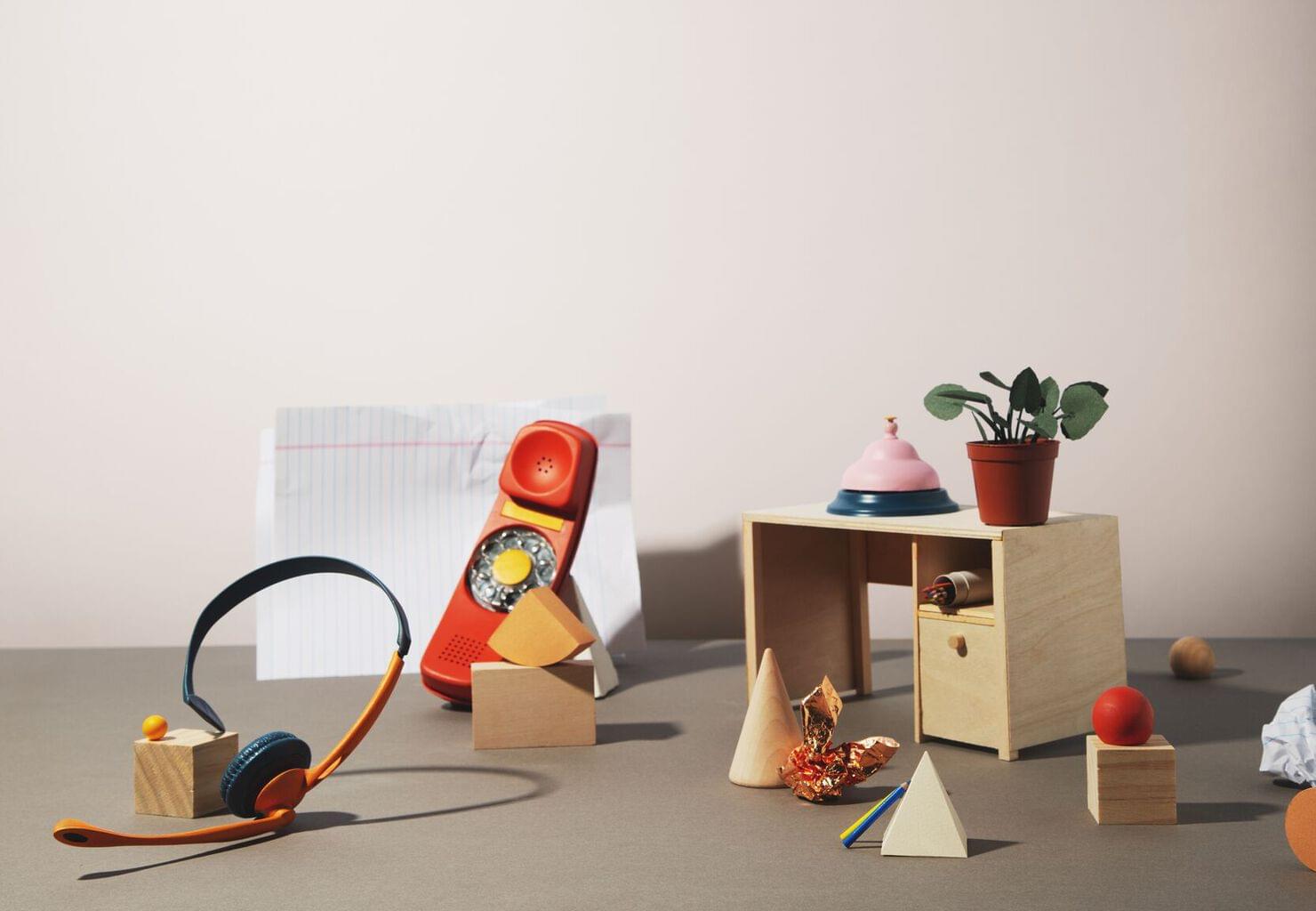Article • 4 min read
Employee experience: internal help desks and the future of work
The future of work is now, and the workplace is anywhere we work. Since last year, Zoom’s daily active users skyrocketed from 10 million to a jaw-dropping 200 million, and it became a household name overnight. Employers and employees alike are finding that shifts made in the past year have slowly turned into a sustainable reality.
By Mechele Neeley-Scholis, VP, Head of Global HR Business Partnering
Last updated June 6, 2021
With new working methods, employers must adjust quickly and intelligently to create the right employee experience – one where the people who make up a company feel connected, supported and included.
Good news: in our recent CX Trends report, we identified key guidance for HR teams to make decisions and promote the best possible experience for employees.
Foster cross-team collaboration
It’s now a pretty common story: company XYZ had a sensible course pathed out for its digital transition spanning several years.And in a flash, it had to implement that plan overnight.Our research shows that 75% of company leaders actually agree that the pandemic compressed the timeline for acquiring new technologies.For tech decision makers, the number leaps to 90%. And one third of them say their digital plans have accelerated by four or more years.
What is an internal help desk?
Many of the tech decision makers are incorporating internal help desks into their accelerated digital plans.This is a centralised hub for employees to access information around process, products and services offered internally.
The most common definition of a help desk is a centralised team within a company that serves employees or customers en masse using a software product to organise conversations.
Even companies that weren’t investing in internal help desks prior to COVID have changed plans and are now planning to start. Key areas of focus include: tools to boost employee productivity (33%), helping internal departments manage requests (32%) and expanding live support for employees (31%).
The imperative need to connect distributed teams has driven these decisions.Teamwork no longer hinges on contact with the person you sit next to every day. To be digital first but also virtual, we have to evolve our mindsets and behaviours while simplifying how we approach our work.
Embrace and adapt to volatility
Two crucial concepts for internal help desks go hand in hand: volatility and agility. At peak volatility in 2020, HR help desks saw 11% more fluctuation in employee support request volume compared to 2019. HR help desks are also managing more data overall.
Your people want to establish how they can thrive in these circumstances; we believe that the best way to adapt to change and uncertainty is to build flexibility into tools and processes.This allows everyone, from HR teams to employees dedicated to thriving continually, to respond to everything in an agile fashion.“The habits employees and managers are forming now will have a long tail and influence the way organisations operate for years to come.” said Teresa Anania, Vice President of Customer Success at Zendesk.
We must always remember that in HR, even when we’re talking tools, we’re talking about supporting human beings.
Mechele Neeley-Scholis, VP, Head of Global HR Business Partnering, Zendesk
Our research shows that high performers* are 21% more likely to have adapted their help desks by adjusting the channels they offer or agent workflows. This offers so much actionable insight – much of it tied to self-service.
What internal help desk buyers want in 2021
Most IHD buyers plan to ramp up investment this year. Top areas where they plan to invest:
- tools to increase employee productivity (79%)
- automating business processes (73%)
- helping internal departments manage requests (68%)
The trend toward self-service has been growing for years, for both employees and other customers. People want to help themselves. We believe this is especially relevant in this time of heightened volatility. 68% of those surveyed in our CX Trends Report say they’re feeling overwhelmed.
Harvard Business Review wrote at length about a pandemic of burnout. In their study of 1,500 respondents and 46 countries, 85% said their well-being had declined and 56% said their job demands had increased.
High performers are 60% more likely to offer self-service for employees and high performers are 37% more likely to have added content to their help centres in 2020. Your employees who need help may be homeschooling their children or caring for a toddler or an elderly relative. They can get the answers to their questions at two in the morning, if that’s the right time for them.And, just as in a business-customer relationship, when your employees help themselves, this deflects tickets – freeing up space for your HR teams to work on high level issues.
Adopt the right tech and tools
So now more than ever, tools are a make-or-break aspect of supporting your employees and the ongoing health of your business – no matter the challenges or the volatility we’re facing.Despite the rapid evolution achieved by many companies, one in four HR help desk agents say they don’t have the right tools for remote work.Luckily, most HR teams report plans to boost investment in engaging employees, with 61% expecting a bigger budget in 2021.
Our research has found that high performers are:
33% more likely to use an analytics solution
51% more likely to use developer tools
58% more likely to use apps and integrations to extend their CX solution
*In the Zendesk CX Trends Report 2021, high performers refer to companies that measured above the median for three or more ticket metrics that include first reply time, resolution time, self-service ratio and CSAT.
